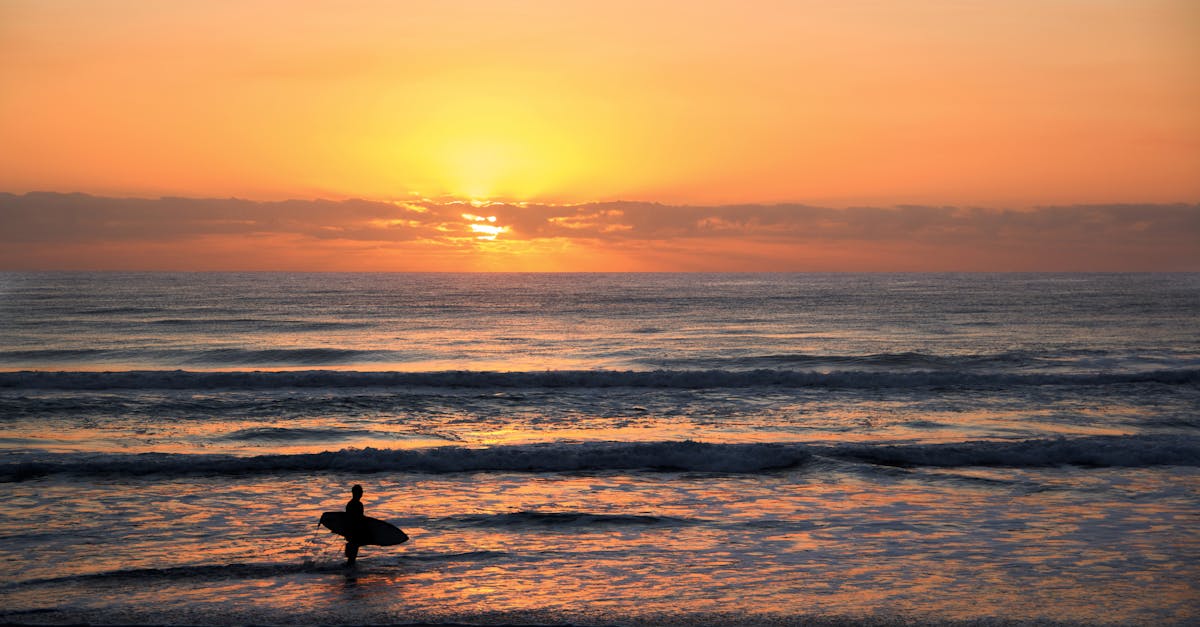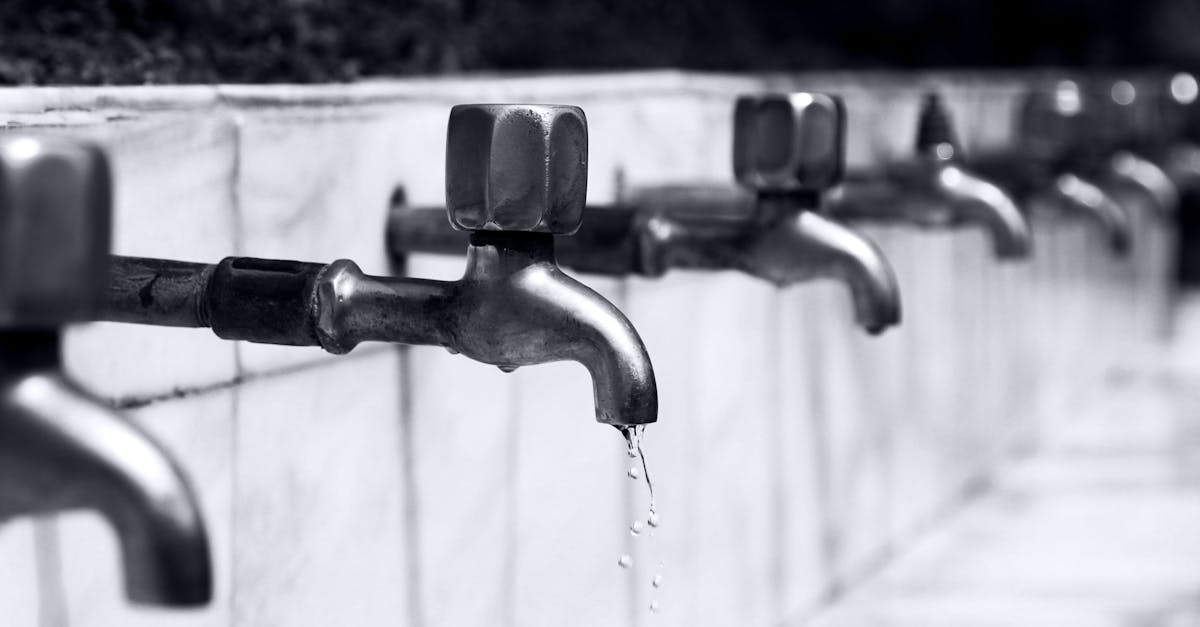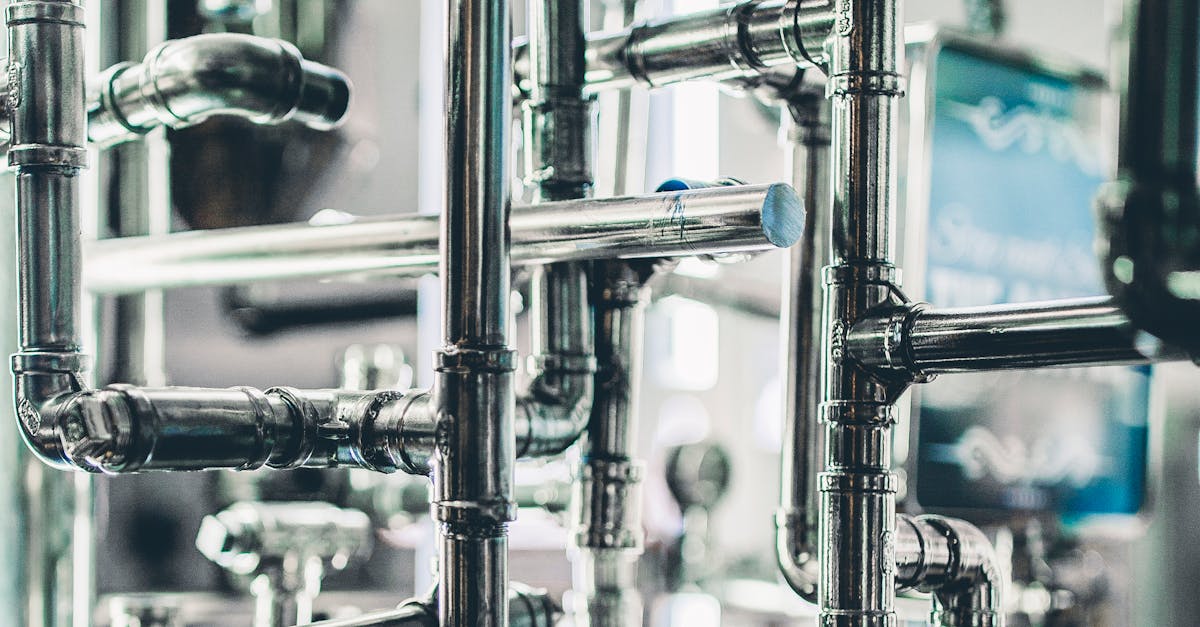
Table Of Contents
Backflow Prevention Installation
Backflow prevention in Clyde North, Victoria is a crucial aspect of maintaining a safe and efficient water supply system. Proper installation of a backflow preventer is essential to prevent the contamination of potable water sources. When installing a backflow preventer, it is important to follow specific steps to ensure that it is correctly positioned and functioning optimally. The device must be installed at a point where it can effectively prevent backflow, typically at the water meter or the point of entry into a building.
The installation process of a backflow preventer involves connecting the device to the main water supply line and ensuring that it is sealed and secure. It is essential to check for any leaks or malfunctions once the device is installed to guarantee its effectiveness. Regular maintenance and inspection are also crucial to ensure that the backflow preventer continues to work efficiently and protect the water supply from any potential contaminants.
Steps to Properly Install a Backflow Preventer
To install a backflow preventer correctly, first, engage a licensed plumber in Clyde North, Victoria, experienced with backflow prevention mechanisms. The plumber will assess the property's water supply system to determine the appropriate type and size of backflow preventer required. Adequate installation space and accessibility must be considered to ensure the device can be easily maintained and serviced when needed. Once the backflow preventer is chosen, it should be installed downstream from the water meter and before any branching lines.
Following the manufacturer's instructions and local regulations, the plumber will install the backflow preventer using quality materials and fittings to ensure a secure connection to the water supply line. After installation, a thorough examination of the device is crucial to ensure it is functioning correctly. Any adjustments or fine-tuning should be performed to guarantee optimal performance. Finally, the plumber will provide documentation verifying the proper installation and functionality of the backflow preventer in compliance with regulations in Clyde North, Victoria.
Backflow Prevention for Residential Properties
Backflow prevention in Clyde North, Victoria is crucial for maintaining the purity of water supply in residential properties. This process is essential to prevent contaminated water from flowing back into the clean water system due to changes in pressure. Residential properties can opt for various backflow prevention options to safeguard against this threat, with each option offering different levels of protection based on the property's specific needs.
Homeowners in Clyde North should consider installing a backflow preventer to ensure the safety and quality of their water supply. By investing in a reliable backflow prevention system, residents can mitigate the risk of water contamination and protect their health. Regular maintenance and testing of these systems are imperative to guarantee their effectiveness in preventing backflow incidents and upholding the purity of the water being distributed throughout the property.
Backflow Prevention Options for Homeowners
When it comes to backflow prevention in Clyde North, Victoria, homeowners have several options to choose from to ensure the safety of their water supply. One common choice for residential properties is the installation of an inline backflow preventer. This type of device is typically placed on the main water line entering the home and works by allowing water to flow in one direction only, preventing any contaminated water from flowing back into the clean water supply.
Alternatively, homeowners in Clyde North, Victoria, can opt for a hose bib vacuum breaker to protect their water system. This simple device is attached to outdoor faucets and hoses, creating a physical barrier that prevents water from flowing back into the pipes. By utilising these backflow prevention options, homeowners can safeguard their water quality and prevent potential health hazards associated with cross-contamination.
Backflow Prevention for Commercial Properties
Backflow prevention in commercial properties is a critical component of maintaining water safety and quality. It is a necessary measure to prevent the contamination of potable water systems with pollutants or hazardous substances. In Victoria, stringent regulations are in place to ensure that commercial properties have the appropriate backflow prevention measures in place to safeguard public health and wellbeing.
Commercial properties in Victoria must comply with the Water Industry Act 1994, which outlines the requirements for backflow prevention devices. These devices are installed to prevent the backflow of non-potable water, chemicals, or other contaminants into the clean water supply. Regular inspections and maintenance of backflow prevention systems are essential to ensure their proper functioning and effectiveness in protecting the water supply.
Importance of Backflow Prevention in Business Settings
Backflow prevention in Victoria is crucial for maintaining the safety and integrity of water systems within business settings. The implementation of backflow prevention measures in commercial properties helps to mitigate the risk of contamination and ensure the purity of the water supply. By adhering to backflow prevention requirements, businesses demonstrate a commitment to protecting public health and the environment.
Failure to prioritize backflow prevention in business settings can lead to significant financial and reputational repercussions. In the event of backflow contamination, companies may face legal liabilities, operational disruptions, and damage to their brand reputation. By proactively investing in backflow prevention measures, businesses can safeguard their operations and uphold their commitment to environmental responsibility.
FAQS
What is backflow prevention?
Backflow prevention is a system or device designed to prevent the reverse flow of contaminated water or other substances into a clean water supply.
Why is backflow prevention important?
Backflow prevention is important to protect the quality of drinking water and prevent potential health hazards caused by the contamination of the water supply.
Who needs backflow prevention?
Anyone who has a connection to a municipal water supply should consider installing backflow prevention to safeguard against potential backflow incidents.
What are some common backflow prevention devices?
Common backflow prevention devices include air gaps, check valves, and backflow preventer assemblies, each serving a specific purpose in preventing backflow.
How often should backflow prevention devices be tested?
Backflow prevention devices should be tested annually to ensure they are functioning properly and maintaining the integrity of the water supply.


